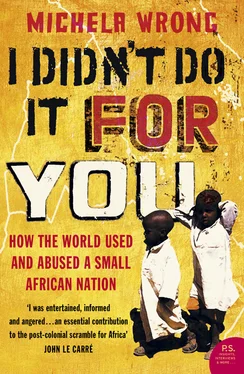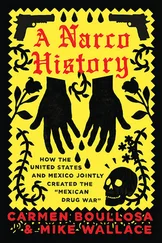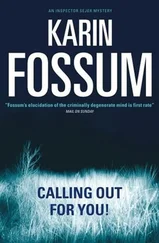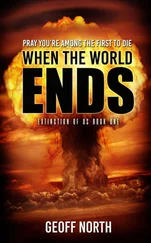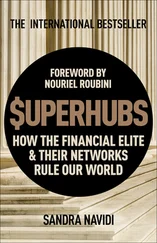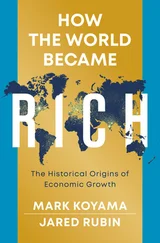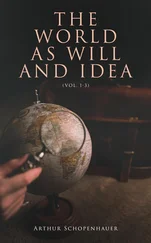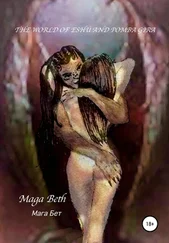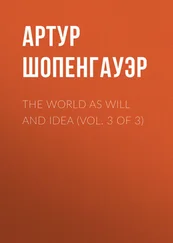Whether one is watching the evening passeggiata along Asmaraâs Liberation Avenue, when hundreds of dark-haired youths stroll arm-in-arm past gaggles of marriageable girls, eyes meeting flirtatiously across the gender divide; or observing the Sunday ritual in which bourgeois Eritrean families, bearing little cakes and little girls â each fantastically ribboned and ruched â pay each other formal visits, itâs impossible to view these as alien colonial rituals. Maybe it was the similarity between the Eritrean mountains and the rugged landscape of the mezzogiorno , or maybe the fact that so many southern Italians, Arab blood coursing through their veins, are actually as dark as Eritreans. But the colony never felt quite as unremittingly foreign to the Italians as Nigeria did to the British, Mali to the French or Namibia to the Germans. Something here gelled, and the number of light-skinned meticci (half-castes) left behind by the Italians is abiding evidence of that affinity.
Which is not to suggest that this liaison is a source of simple congratulation. Quite the opposite. Eritreans flare up like matches when they talk about the abuses perpetrated during the Fascist years, when they were expected to step into the gutter rather than sully a pavement on which a white man walked. âIf you did the slightest thing wrong, an Italian would give you a good kicking,â one of the white-haired Borsalino-wearers recalls, his eyes alight with remembered fury. But this is the most ambivalent of hostilities. Eritreans remember the racism of the Italians. But they know that what makes their country different from Ethiopia, their one-time master to the south, what made it impossible for Eritrea to accept her allotted role as just another Ethiopian province, is rooted in that colonial occupation which changed everything, forever. The Italian years are, simultaneously and confusingly, both an object of complacent pride and deep, righteous anger. âItaly left us with the best industrial infrastructure in the world. Our workers were so well-educated and advanced, they ran everything down in Ethiopia,â Eritreans will boast, only to complain, in the next breath, that Fascismâs educational policies kept them ignorant and backward, stripped of dignity. âFourth grade, fourth grade. Our fathers were only allowed four years of education!â So central is the Italian experience to both Eritrea and Ethiopiaâs sense of identity, to how each nation measures itself against the other, that during the war of independence the mere act of eating pasta, Eritrean President Isaias Afwerki once revealed, became a cause of friction between his rebel fighters and their guerrilla allies in northern Ethiopia, a dietary choice laden with politically-incendiary perceptions of superiority and inferiority. 2
But the history that obsesses Eritrea is rather more recent. Once, on a visit to Cuba, I was fascinated to see, displayed at the national museum with a reverence usually reserved for religious icons, Che Guevaraâs asthma inhaler and a pizza truck that had been raked with bullets during a clash between Castroâs men and government troops. Before my eyes, mundane objects were becoming sanctified, events from the still-recent past spun into the stuff of timeless legend. I had never visited a country that seemed so in thrall to its own foundation story. But then, that was before I went to Eritrea.
Arriving in 1996 to write a country survey for the Financial Times , I became intrigued by the extent to which Eritreaâs war of independence had been woven into the fabric of thought and language. The underdog had won in Eritrea, confounding the smug predictions of political analysts in both the capitalist West and communist East, and the vocabulary itself provided a clue as to why outsiders had got it so wrong. A lot of concepts here came with huge, if invisible, capital letters. There was the Armed Struggle, as the 30-year guerrilla campaign launched in the early 1960s against Ethiopian rule was universally known. There was the Front or the Movement, both ways of referring to the Eritrean Peopleâs Liberation Front (EPLF), the rebel group that eventually emerged as main challenger. There was the Field, or the Sahel â the sun-blasted region bordering Sudan where the EPLF turned soft civilians into hard warriors. There were the Fighters or tegadelti , the men and women who fought for the Movement, and the Martyrs, Fighters who did not live long enough to witness victory. There was the Strategic Withdrawal, not to be confused with retreat (Eritreans never retreat) â that testing moment in 1977 when the EPLF, facing a crushing onslaught by a Soviet-backed Ethiopian army, pulled back into the mountains. Above all, there was the Liberation and its conjugations (âI was Liberatedâ, âWe Liberated Asmaraâ, âThis hotel was Liberatedâ), the glorious day in 1991 when Ethiopian troops rolled out and Eritrea finally became master of its fate. The street names being introduced by the new government: Liberation Avenue, Heroes Street, Revolution Avenue, Knowledge Street were part of the same phenomenon. The language itself left precious little room for a critical distance between speaker and subject, no gap where scepticism could crystallize.
The bright murals painted on Asmaraâs main thoroughfares were the equivalent of the Bayeux tapestry, commemorating a time of heroes that still spread its glow. They showed young men and women sporting no-fuss Afros, thigh-length shorts and cheap black sandals, the pauperâs military kit. They crouched in the mountains, shooting at silvery MiG jets, or danced in celebration around camp fires. The muralsâ original models strolled below, older now, weighed down by the more pedestrian, if equally tricky challenges posed by building a new nation-state. Meeting in the street, two male friends would clasp hands, then lean towards each other until right shoulder banged into right shoulder, body bounced rhythmically off body. When vigorous young men did it, they looked like jousting stags, when old comrades did it, they closed their eyes in pleasure, burrowing their heads into the crook of each otherâs necks. Peculiar to Eritrea, the shoulder-knocking greeting originated in the rural areas but became a Fighter trademark, and it usually indicated shared experiences rarely spoken about, never to be forgotten. The women Fighters â for women accounted for more than a third of the Movement â were also easily spotted. Instead of white shawls, they wore cardigans. Their hair was tied in practical ponytails, rather than intricately braided in the traditional highlands style. They looked tough, weathered, quietly formidable.
âEritreaâs a great place, if you have a penchant for tragedy,â a British doctor on loan to one of the government ministries quipped. The titles of the standard works on Eritrea, displayed in the windows of every bookshop, told you everything about a national familiarity with suffering, a proud communityâs capacity for teeth-gritting: Never Kneel Down , Against All Odds, Even the Stones are Burning , A Painful Season and a Stubborn Hope . Reminders of loss were everywhere. Over the age of about 40, most Westerners become familiar with the sensation of carrying around with them a bevy of friendly ghosts, the spirits of dead relatives and lost comrades who whisper in their ears and crack the occasional joke. In Eritrea, the wraiths crowded around in their multitudes, threatening to engulf the living. During the Armed Struggle, which claimed the unenviable title of Africaâs longest war, Eritrea probably lost between 150,000 and 200,000 to conflict and famine. Some 65,000 Fighters died before the regime in Addis Ababa, toppled by a domestic rebel movement in league with the EPLF, agreed to surrender its treasured coastline. Given Eritreaâs tiny population, this amounted to 1 in 50. Visiting Eritrean homes, one came to anticipate the sideboard on which a blue-fringed âMartyrâs Certificateâ, issued in recognition of a family that paid the ultimate sacrifice, held pride of place; the framed degree papers and graduation photographs testifying to skills a serious-looking son or daughter would now never put to the test. The Struggle had affected every family, it could not be escaped. Perhaps this explained why the Martyrsâ Cemeteries scattered around the country were usually, behind the defiant paintings of Kalashnikov-toting warriors, neglected and overgrown. Who needed to tend graves, when the memory of the dead was so very present?
Читать дальше
